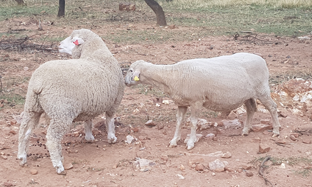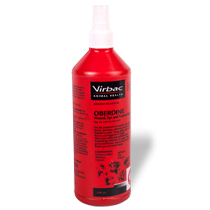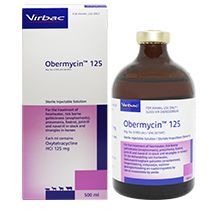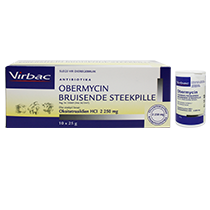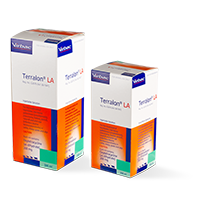
Foot rot and foot abscess in sheep
These two conditions are often mentioned concurrently and seen as one and the same, but are entirely different diseases with different causes, prevention, and prognoses. Both have a detrimental effect on the production, reproduction, and welfare of sheep. Distinction between them can be made on the farm by following these guidelines:
(Remember that it is important to turn over the sheep to properly examine the hoofs.)
Foot rot
- It is contagious. The germ that causes it can only survive in the hoof. In the soil, it cannot survive for longer than a few days. The drier the conditions, the shorter it survives.
- Often occurs as an outbreak, with often more than one foot affected.
- Prolonged wet grazing conditions are the main cause.
- The foot is usually not swollen or warm but issues a dark grey puss with a very foul odour between the hooves.
- In advanced cases, the sole and hoof wall may detach. The hoof crown is not affected.
Foot abscess
- The germ that causes it lives in the soil, where it can survive for months. The wetter the conditions are, the longer it survives.
- Foot abscess affects single animals sporadically and usually only one foot. Outbreaks can occur if conditions are particularly favourable.
- Is often associated with lesions on the feet. Ticks and hard, rocky veld play a role here. Prolonged wet conditions can also cause the germ to penetrate the now-soft hoof.
- The affected foot is usually warm, swollen, and the hoofs splayed.
- As the condition progresses, there will be clear swelling of the hoof crown, which may rupture and issue a yellowish, somewhat odourless puss. The affected hoof is thereafter permanently deformed.
Foot rot
- Identify and try to eliminate the cause.
- Identify and isolate the affected animals (turn them over to have a good look).
- “Clean” animals’ hooves should be clipped if necessary and be given 10% zinc-sulphate footbaths for 5 consecutive days before being put in a dry camp. The sheep should remain in the footbath for as long as possible – up to an hour. Let their feet dry before putting them back out on the pasture. Alternatively, a 5% formalin footbath can be given to the healthy animals and these sheep then only have to walk through the bath. Repeat this formalin footbath after 7 days. Frequent treatment will unfortunately cause the hooves to become hard and brittle, so alternate with a zinc-sulphate footbath if these footbaths must be done frequently.
- The isolated, affected animals’ hooves must be properly clipped if necessary, treated with a long-acting tetracycline, and put through a 10% zinc-sulphate footbath for 5 consecutive days (they must again stay in the footbath for as long as possible – up to an hour). Serious cases may require a follow-up antibiotic treatment. Formalin footbaths are very painful in clinical cases and here, a zinc-sulphate treatment is recommended instead. Allow the feet to dry before putting the animals back on the pasture.
- Frequent follow-up examinations are necessary to monitor the animal’s conditions.
- During favourable conditions, it may be necessary to put the sheep through a footbath every 10-14 days.
- Most of the treated sheep will recover. Treatment is more successful if identified quickly and treatment starts earlier.
- If foot rot has been diagnosed on the farm, the best time to make headway against it is during the dry months. Follow steps 2-6.
- Trace elements have a positive effect on the animals’ immune systems, so ensure that the sheep’s trace-element levels are optimal.
- No prevention or treatment is 100% effective. Good biosecurity is required to keep your farm free from foot rot, like fence maintenance and avoiding buying, hiring, and swopping infected animals and the use of contaminated transport.
Foot abscess
- Identify the cause and try to eliminate it. If ticks are the problem, an effective anti-tick treatment must be used as a footbath.
- Examine and clip the hooves frequently.
- Since the germ survives in the soil, footbaths are not always that effective. A 5% formalin footbath may somewhat harden the hooves and thereby prevent the germ from penetrating them. This can be repeated after 7 days. However, repeated use can make the hooves very hard and brittle.
- Ensure that the sheep’s trace-element levels are optimal.
- Because the germ causes an abscess, the antibiotic does not always reach the infection, but it may reduce the severity and extent of tissue damage if it is identified early on and treated.
- Anti-inflammatory painkillers may be of use, since they may enable the animal to function better, reduce losses related to production and reproduction, and improve their welfare.
- It may take up to 2 months for a sheep to recover and some may have permanently deformed hooves. Some of the affected animals will therefore have to be culled.
Always ask your local vet regarding the correct diagnosis, treatment, and prevention.
Sources available upon request.

